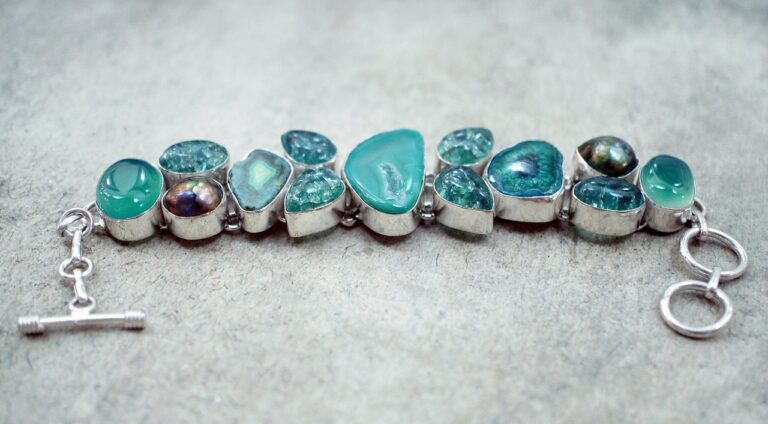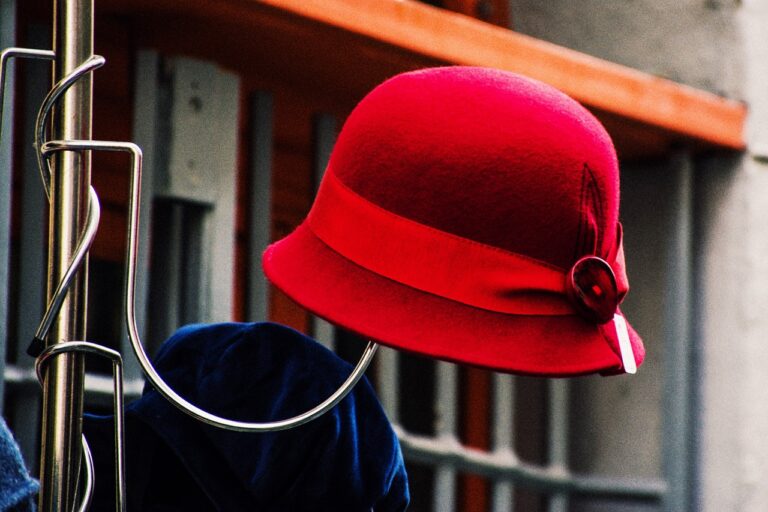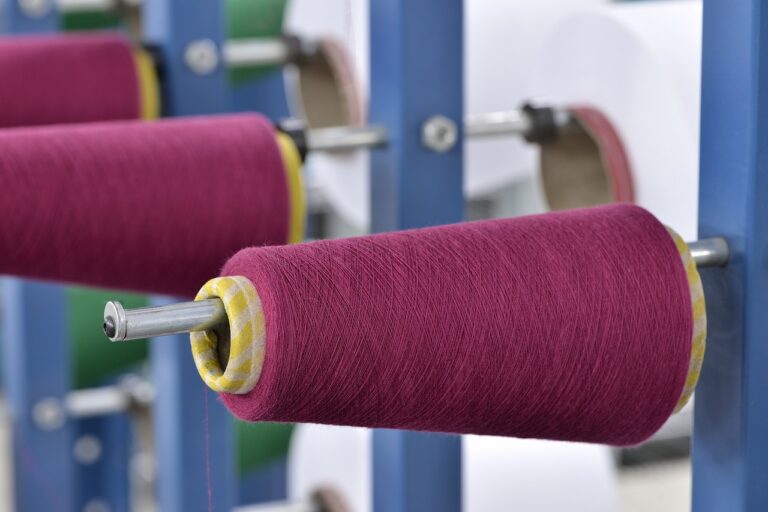Fashion’s Love Affair with Bohemian Chic: Free-Spirited Style in Modern Fashion
Bohemian chic, a style known for its free-spirited and unconventional flair, traces its origins back to the early 19th century. The term “Bohemian” originally referred to the unconventional lifestyle of the Romani people, who were mistakenly believed to have come from the region of Bohemia in the Czech Republic. This association with a nomadic and artistic way of life laid the foundation for the bohemian aesthetic that would later evolve into a distinct fashion style.
In the mid-19th century, bohemian style became synonymous with the artistic and intellectual communities in Paris and London. Artists, writers, and musicians embraced a non-conformist approach to fashion, mixing elements from various cultures and time periods to create a look that was uniquely their own. This blending of influences gave rise to the eclectic and bohemian chic aesthetic that continues to be celebrated for its individuality and self-expression.
The Influence of the 1960s and 70s Counterculture
The 1960s and 70s counterculture played a significant role in shaping the essence of bohemian chic style. During this era, a wave of rebellion against societal norms and a push for individuality emerged, fueling a new fashion aesthetic that embraced freedom, self-expression, and a more relaxed approach to clothing. This period saw a blending of influences from various cultures, leading to the eclectic mix of patterns, textures, and colors that define bohemian style.
Iconic figures like Janis Joplin, Jimi Hendrix, and Stevie Nicks became style icons, embodying the bohemian spirit with their bold fashion choices and non-conformist attitudes. Their influence extended beyond music, permeating the fashion world and inspiring a generation to embrace a carefree, bohemian lifestyle. The counterculture movement of the 1960s and 70s continues to resonate in today’s fashion landscape, with elements of bohemian chic still evident in contemporary style trends.
• The counterculture of the 1960s and 70s promoted individuality and freedom in fashion
• Bohemian chic style emerged as a result, characterized by eclectic patterns, textures, and colors
• Icons like Janis Joplin, Jimi Hendrix, and Stevie Nicks embodied the bohemian spirit through their fashion choices
• Their influence extended beyond music to inspire a generation to embrace a carefree lifestyle
• Elements of bohemian chic style from this era can still be seen in contemporary fashion trends
Key Elements of Bohemian Style
When it comes to embodying the essence of Bohemian style, a key element is the use of natural fabrics such as cotton, linen, and suede. These materials not only exude a rustic charm but also offer comfort and breathability, making them perfect for the free-spirited Bohemian aesthetic. The flowy silhouettes, often seen in maxi dresses, loose blouses, and wide-leg pants, further elevate the casual, laid-back vibe of this style.
Another essential element of Bohemian style is the incorporation of eclectic and vibrant patterns and prints. From bold floral motifs to geometric designs, Bohemian fashion embraces a mix of colors and textures that add depth and character to any outfit. Accessories such as tassel earrings, beaded necklaces, and fringed bags are also common in Bohemian ensembles, reflecting a boho-chic sensibility that celebrates individuality and self-expression.
What are some key elements of Bohemian style?
Some key elements of Bohemian style include flowy and loose-fitting clothing, vibrant colors and bold patterns, layers of clothing and accessories, and a mix of textures like lace, fringe, and embroidery.
Where did Bohemian style originate from?
Bohemian style originated from the Bohemian district of Paris in the 19th century, where artists, writers, and other creatives embraced a free-spirited and non-conformist approach to fashion.
How has the 1960s and 70s counterculture influenced Bohemian style?
The 1960s and 70s counterculture movement embraced individuality, self-expression, and a rejection of mainstream ideals, all of which are reflected in Bohemian style with its emphasis on creativity, freedom, and eclectic fashion choices.







